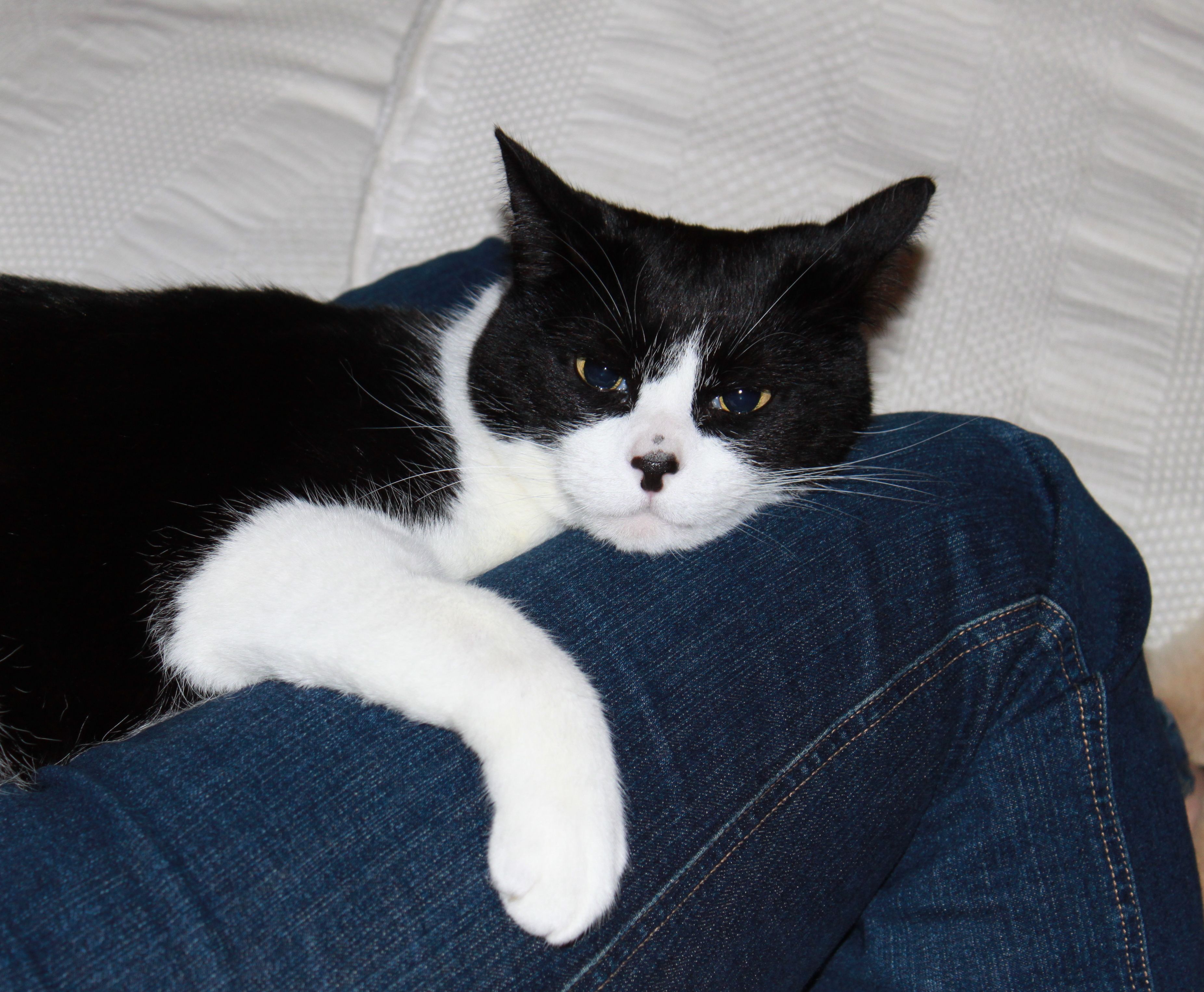
Why do cats purr?
Nobody knows for absolutely sure, but there are many theories on cats’ purring.
A cat will purr when it is relaxed and contented and often a cat will purr around their humans in a relaxed state and when they are in a friendly and social mood, especially when they are stroked or fed. When a cat purrs in this situation, they are saying thank you to their humans for their care and friendship as well as displaying their contentment.
However, rather adversely, a cat’s purring may also be a sign that they are in pain, anxious or injured, afraid or distressed in some way. When a kitten looks out of the window for the first time, they can purr because they are nervous and afraid about the outside world. When a cat visits the vet, they are likely to purr and this could be a signal to the vet that they are distressed and in need of friendship because of their injury and pain.
A study from the University of Sussex, England also concluded that felines developed purring as a way for domestic cats to get food from humans.
Every cat’s purr is unique to them. Scientists also found that some domestic cats have evolved a purr that simulates a human baby’s cry. They only use this purr to get our attention which shows how much they want to be a part of our lives.
It is also thought that a cat’s purr may be for self-healing and medical reasons and they purr to help heal their bones and muscles. Cats conserve their natural energy through long sleep periods, rest and cat naps so by purring they are stimulating their bones and muscles without the need to expend a great deal of energy. Cats also rely on their litheness and suppleness for their climbing and prowling so their bones and muscles need to be kept in good shape. Cats also suffer less than dogs and other animals from bone diseases.
How do cats purr?
It is a great mystery to scientists as to how cats generate their purring inside their body. One theory is that cats purr via their diaphragm and larynx muscles and they can purr exhaling and inhaling. Cats can purr with their mouths shut and can continue for hours on end if the cat so wishes.
Another theory is that they generate the sound by a small flexible bone in the cat’s neck which vibrates when the cat pushes air through its voice box. Luca our cat has a very loud purr, it sounds like an engine, and we can hear him inhale and exhale while he does it. He sounds like an engine because at the lower end of the Hertz scale, a cat’s purr has the same vibration and frequency as an engine that is running slow. The Hertz frequency range of a cat’s purr is from 25 to 150 Hertz.
There have been studies researching the healing power of the cat’s purr for humans. Cats’ purring has been proven to help ease depression in humans and lower blood pressure.
Cats purr when they are kittens from a week old. Kittens purr because when they are suckled by their mother cat, they are signalling to their mother that all is well and they are receiving a good supply of milk. This helps the mother cat to monitor and listen to her kittens without looking up. The mother cat in turn will purr to her kittens as they suckle to let them know that she is in a relaxed state. Cats go on to purr throughout their life and it is traced back to the primal mother-kitten context.
